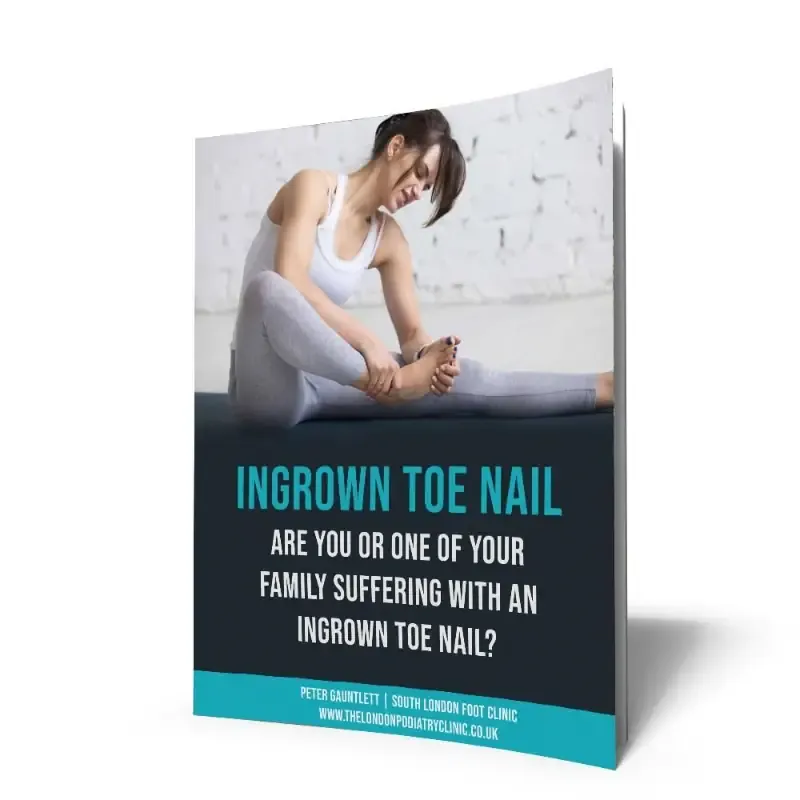Big toe pain, what could be the problem
Mar 05, 2021
Our big toes take 50% of our body weight when we walk and help us to balance. Big toes are often ignored unless there is pain or a problem. Most toe pain results from injury or underlying medical conditions. The good news is most toe pain conditions can be treated! Below, you'll find some information on common causes of big toe pain.
Bunions

Bunions are bony bumps that form on the side of the big toe joint and can become very painful over time if left untreated.
Signs of a bunion include:
- Feet changing shape
- A prominent bump at the side and base of the big toe
- The toe pointing towards your other toes
- Hard, swollen, or red areas
Bunions don't go away on their own, but you can ease the pain by wearing wide shoes with adjustable straps, using bunion pads, applying ice for short periods, and considering orthotics from a podiatrist. In severe cases, surgery may be the only option.
Ingrowing Toenail

An ingrowing toenail occurs when the nail starts growing into the surrounding skin, most commonly affecting the big toe. Left untreated, it can become painful and infected.
Common causes include:
- Injury to the nail
- Incorrect nail trimming
- Wearing tight footwear
- Natural nail shape
Simple treatments to try:
- Soak the toe in warm water 3 times a day
- Wear wide, comfortable shoes
If the problem persists, a podiatrist may need to remove part of the nail to relieve pain and prevent infection.
Corns and Calluses

Corns and calluses are small, thickened patches of skin caused by repeated pressure or rubbing. Regular soaking and moisturising your feet can help prevent them.
While usually harmless, if they become painful, a visit to a podiatrist can provide relief.
Gout

Gout is a type of arthritis that causes sudden, intense joint pain — often in the big toe. The area may become hot, swollen, and red.
Gout is triggered by high levels of uric acid that form crystals in the joints. Treatment may include NSAIDs (non-steroidal anti-inflammatories), ice application, and resting and elevating the foot. It's important to consult both a podiatrist and your GP for the best care plan.
Arthritis

Arthritis is inflammation of the joints, causing pain and stiffness, and it is very common in the foot and ankle.
Although there is no cure, treatment options such as ice therapy, steroid injections, orthotics, and proper footwear can help manage symptoms and slow down progression.
These are just some of the most common causes of big toe pain and foot problems. If none of the above treatments bring relief, or if you have pain in another area of the foot, we strongly advise booking an appointment with a podiatrist as soon as possible. Getting the correct diagnosis early helps you get back on your feet — pain-free — faster.

